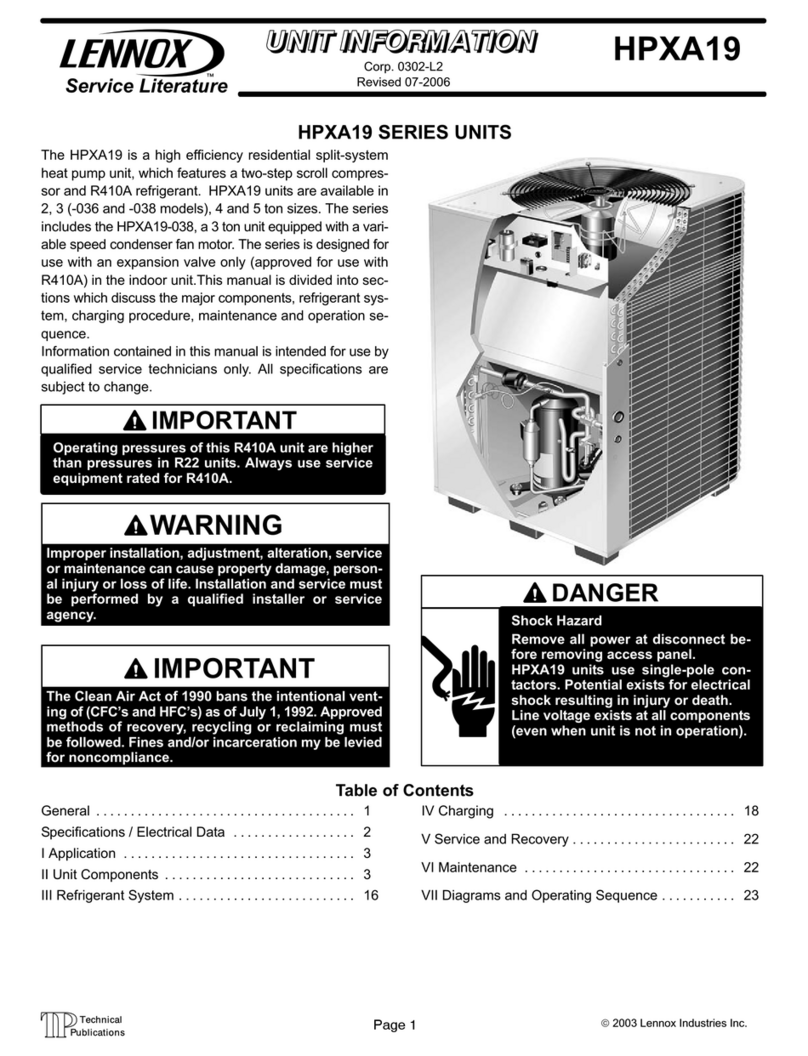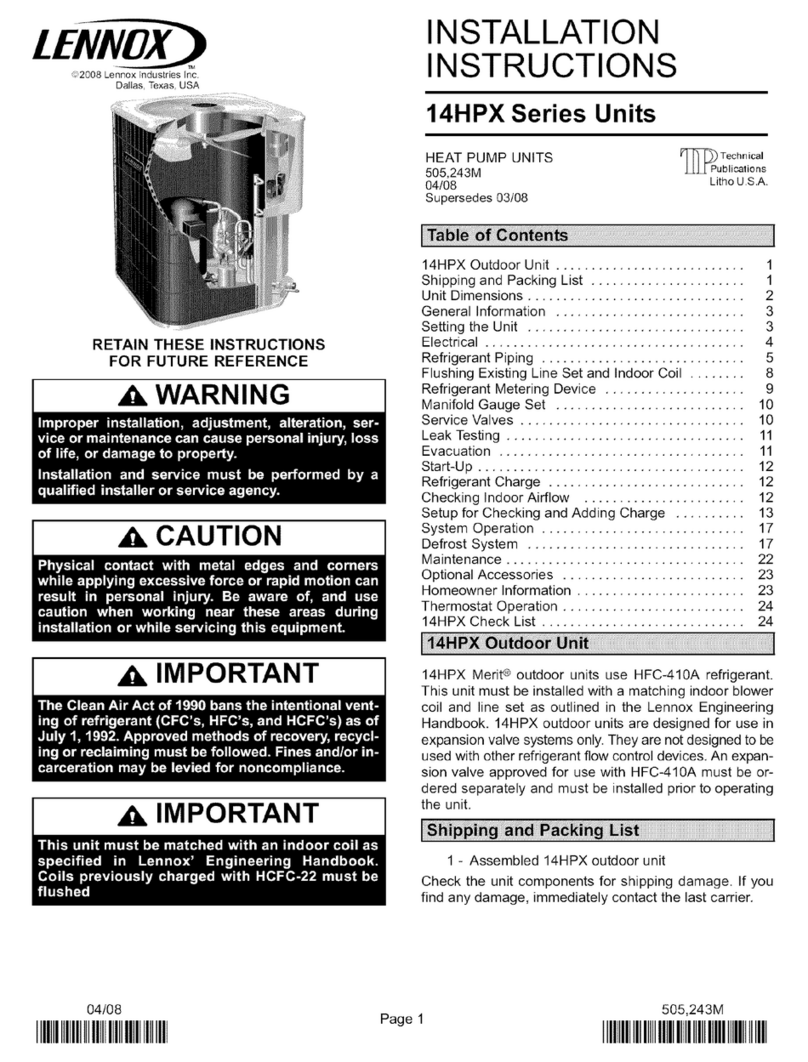Lennox Elite XP13024 User manual
Other Lennox Heat Pump manuals
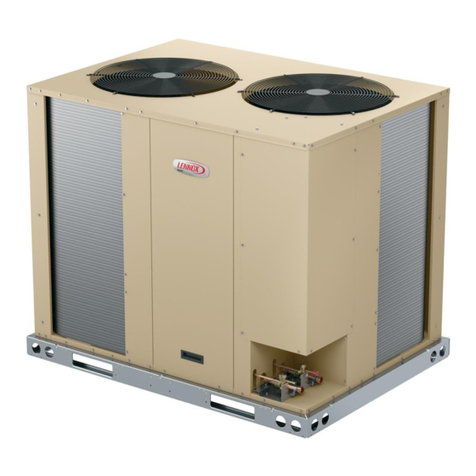
Lennox
Lennox ELP Series User manual
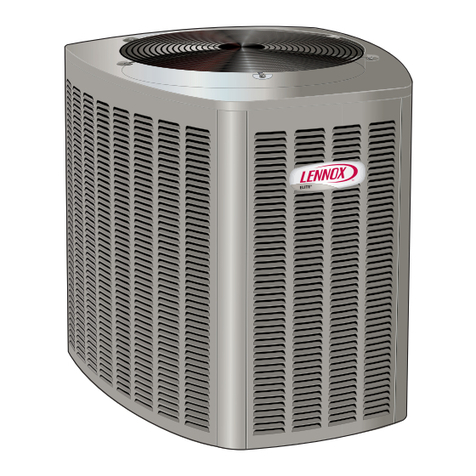
Lennox
Lennox EL15XP1 Series Installation and operation manual

Lennox
Lennox 13HPX User manual
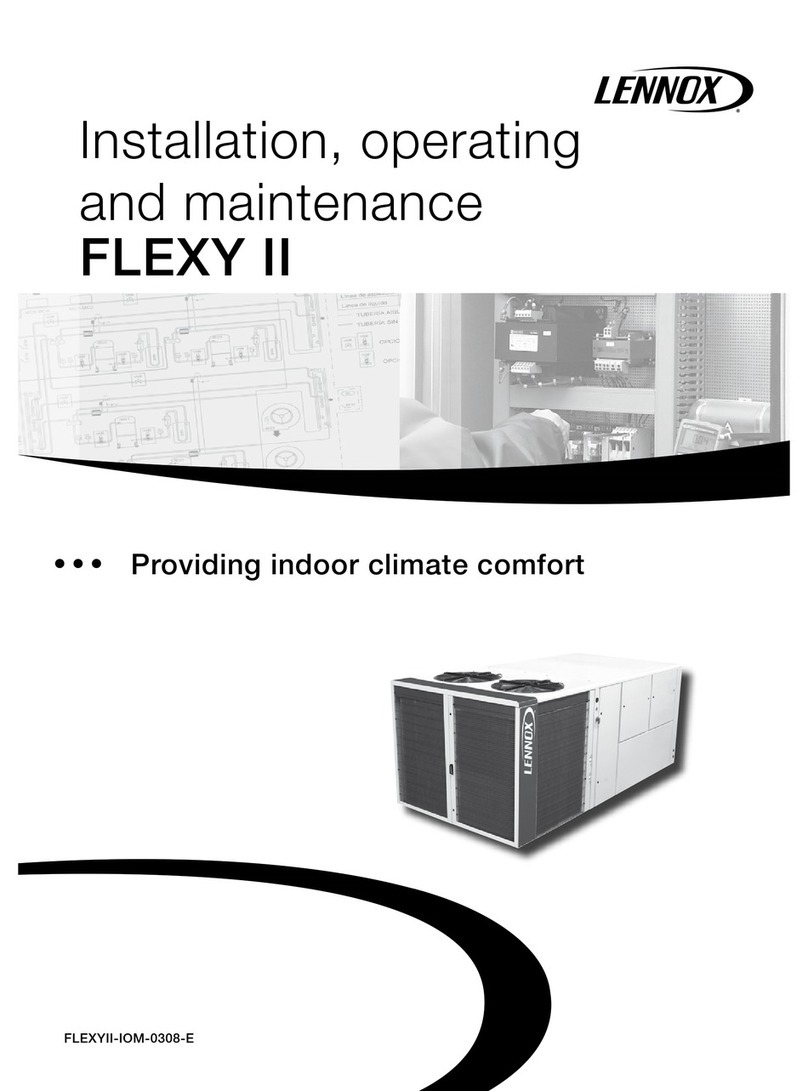
Lennox
Lennox FCM 85 User manual

Lennox
Lennox SunSource User manual

Lennox
Lennox HP29 Series Installation and operation manual

Lennox
Lennox COMPACTAIR BLV Seies User guide

Lennox
Lennox Merit 10HPB Series User manual
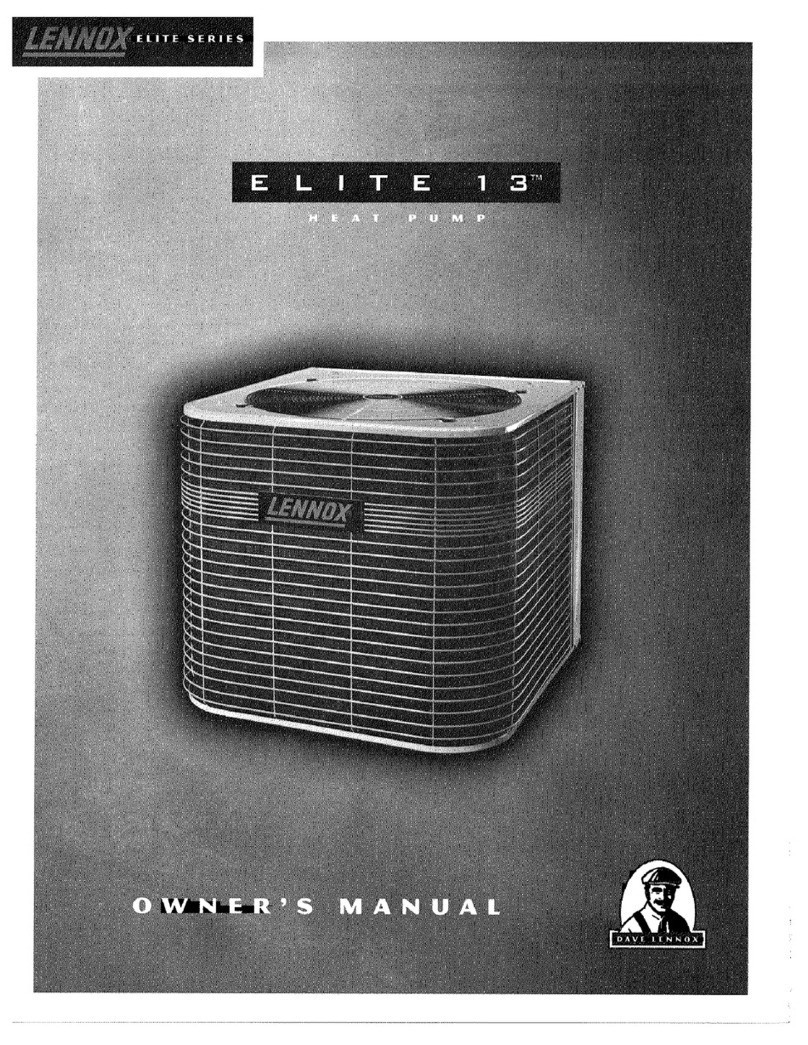
Lennox
Lennox Elite 13 User manual

Lennox
Lennox ECB38 Series User manual
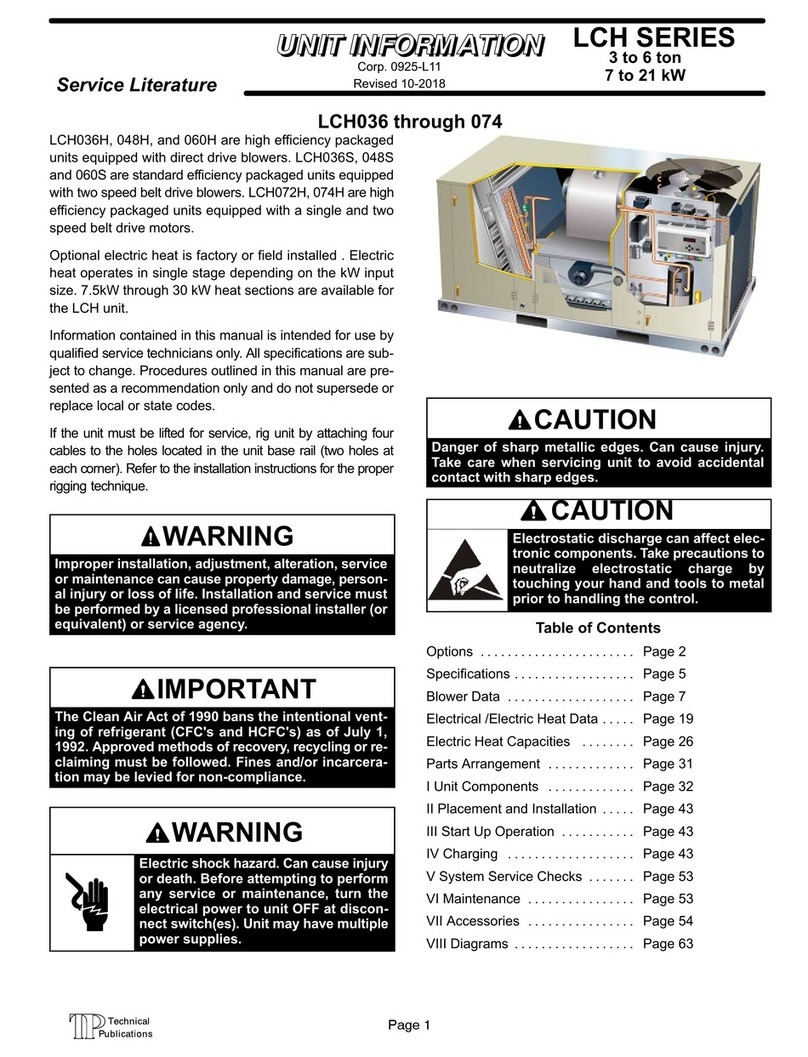
Lennox
Lennox LCH Series Installation and operation manual
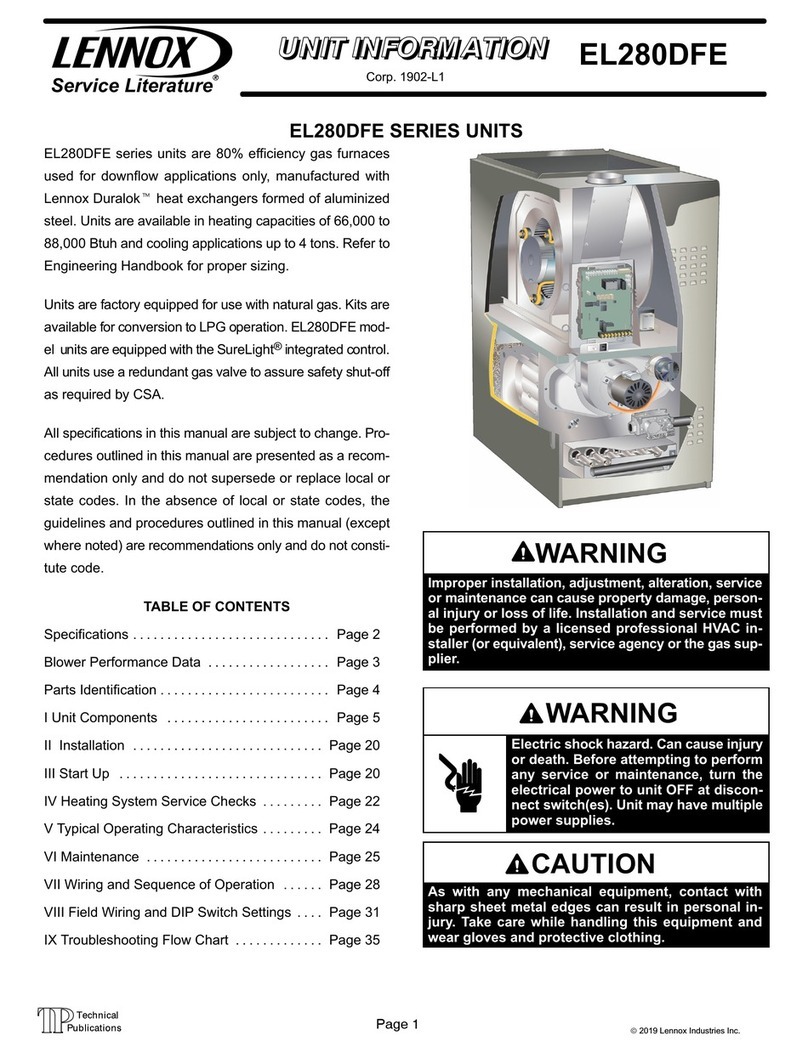
Lennox
Lennox EL280DFE Series Installation and operation manual
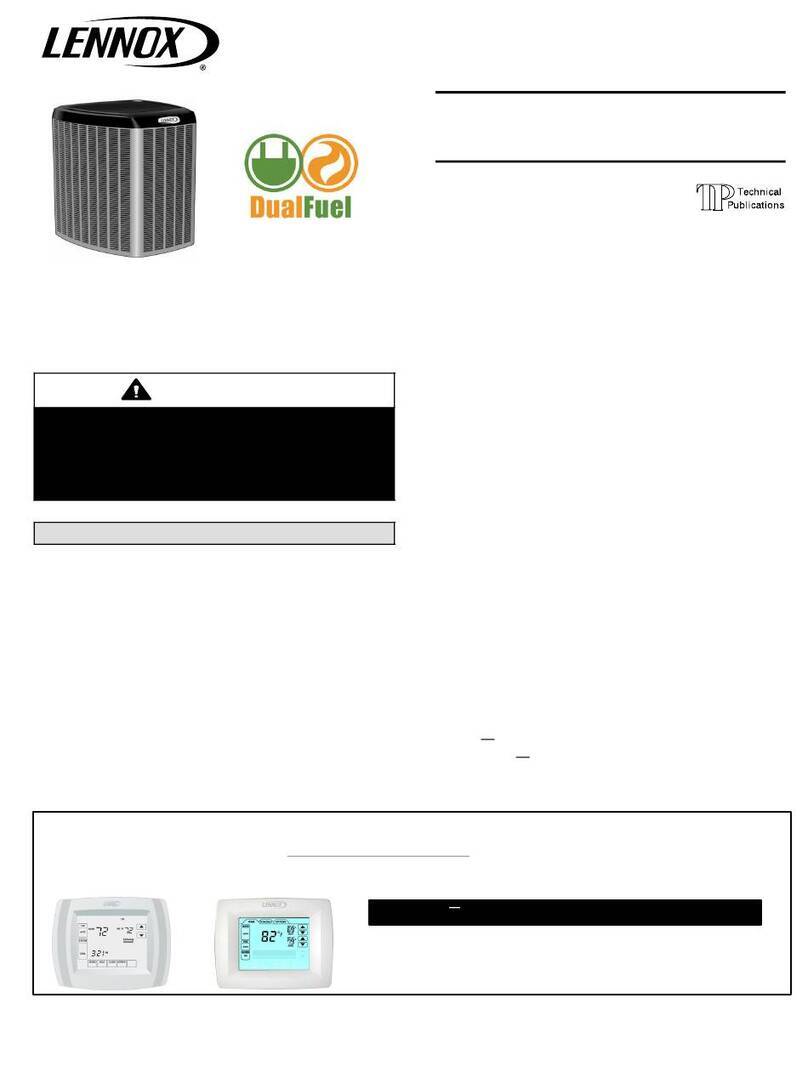
Lennox
Lennox XPG15 Series User manual

Lennox
Lennox HS40 Series User manual
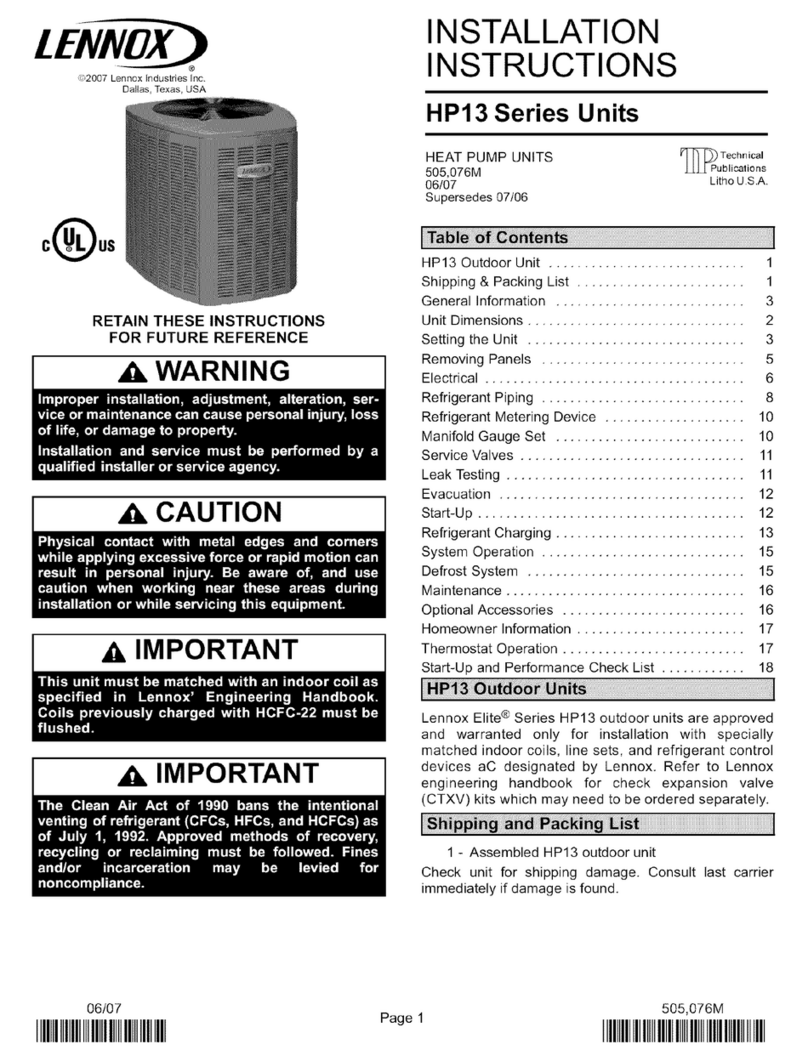
Lennox
Lennox Elite Series HP13 User manual

Lennox
Lennox TSA042H4N4 User manual
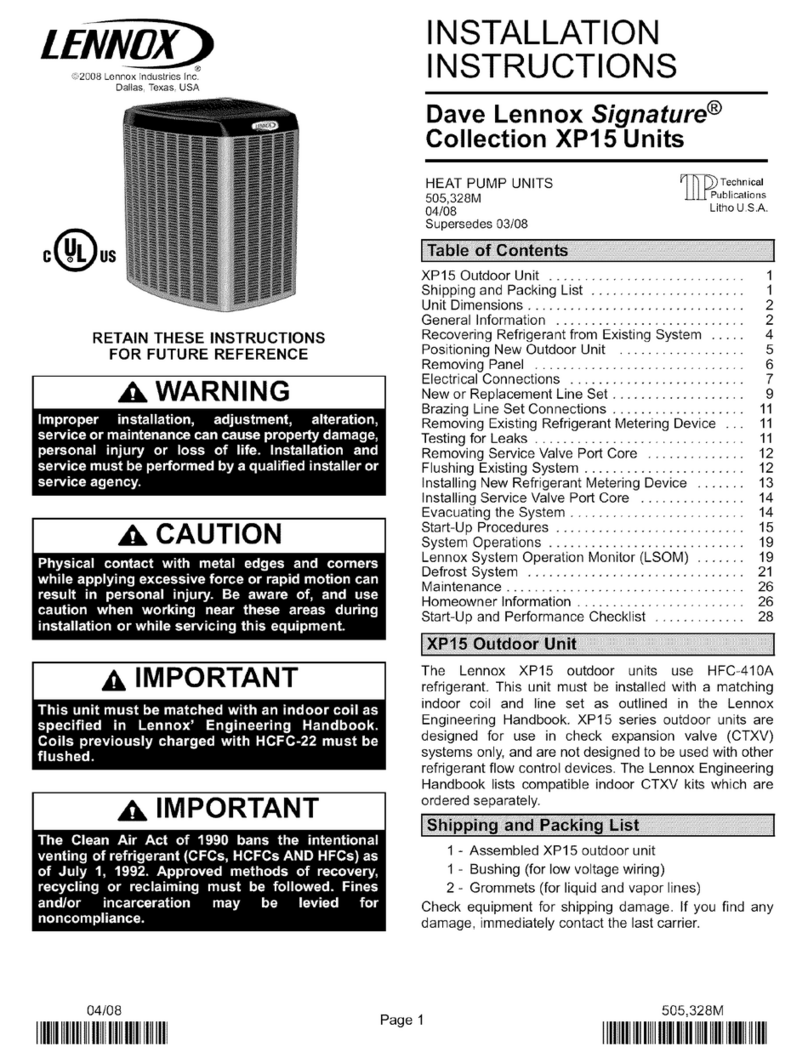
Lennox
Lennox XP15 User manual
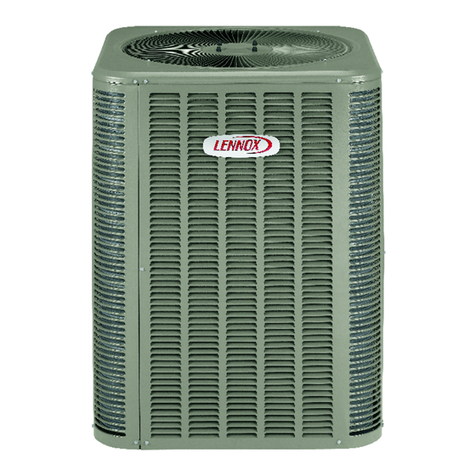
Lennox
Lennox ML14XC1 Series Manual
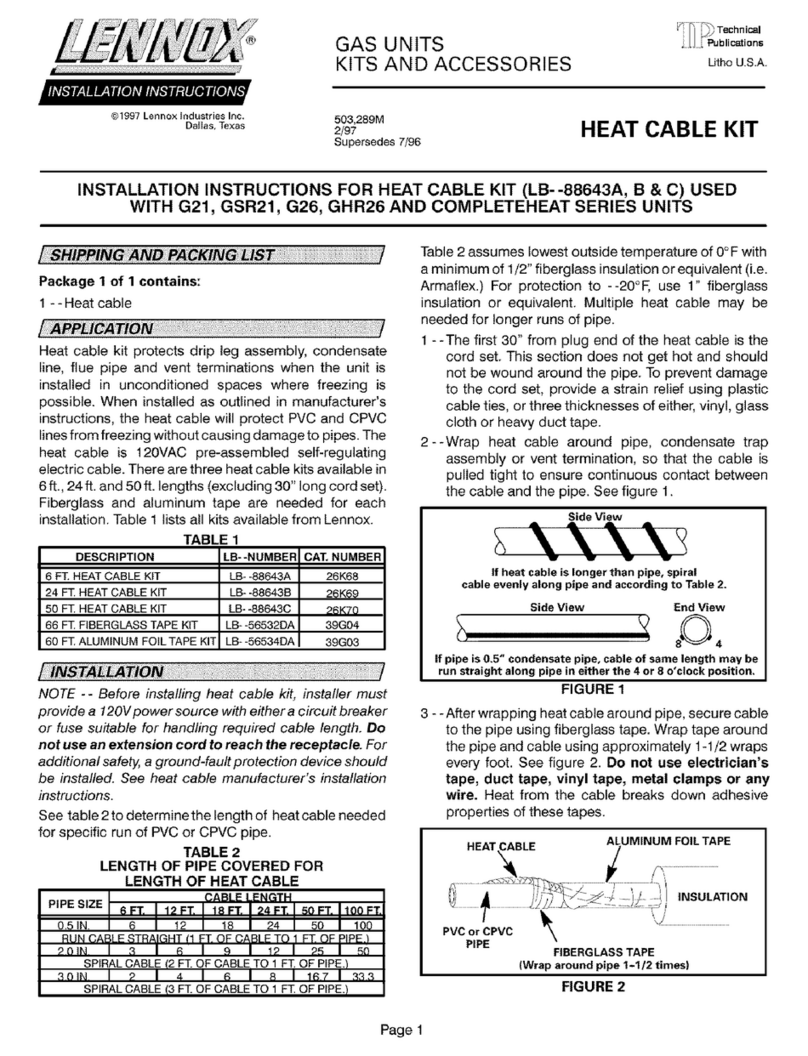
Lennox
Lennox G21 Series User manual
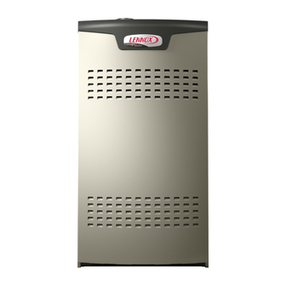
Lennox
Lennox EL280UHE Installation and operation manual
Popular Heat Pump manuals by other brands

Daikin
Daikin RXL12QMVJU Service manual

AIREDALE
AIREDALE BluCube CUR092V16-1CO-0 Installation and maintenance manual

Calyenty
Calyenty RBH 125 Customer's manual

GRE
GRE HPGI50 owner's manual

Carrier
Carrier 30XW Installation, operation and maintenance instructions

Hayward
Hayward SUMHEAT HP5131DT3 Installation instructions manual

REMKO
REMKO SQW 400 Electrical wiring

Sanyo
Sanyo SAP120FCH Service manual

Daikin
Daikin EHYHBH05AA Operation manual

Panasonic
Panasonic WH-SDF03E3E5 Design handbook

Airxcel
Airxcel 45000 Series Installation, operation and maintenance instructions

Mitsubishi Electric
Mitsubishi Electric PUZ-SWM60VAA Service manual

Dimplex
Dimplex LI 16I-TUR Installation and operating instruction

Carrier
Carrier WSHP Open v3 Integration guide

Mitsubishi Electric
Mitsubishi Electric EHSE-YM9EC Service manual

TGM
TGM CTV14CN018A Technical manual

Carrier
Carrier 38MGQ Series installation instructions

Kokido
Kokido K2O K880BX/EU Owner's manual & installation guide

